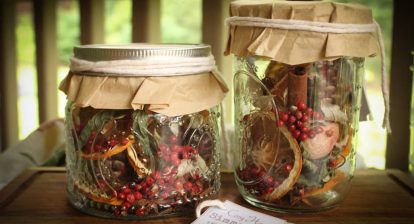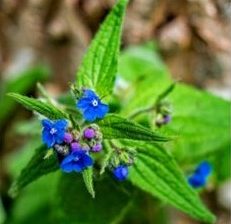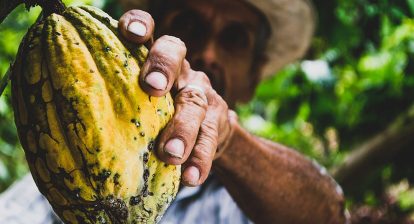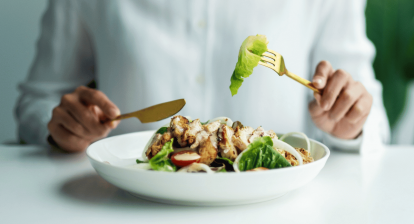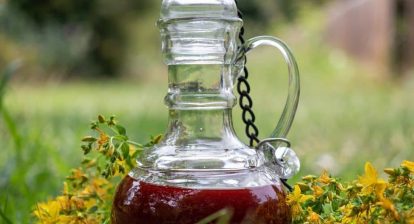By Dr Renita D'Souza
Paneer dodi (Withania coagulans) is the medicinal herb widely used to lower blood sugar level by stimulating the secretion of insulin from pancreatic β-cells. It is Sanskrit this plant is called Rishyagandha. Traditionally, the fruits and leaves of this plant were used to coagulate milk to make Indian cheese, so it is also known as 'Indian cheese maker' or 'vegetable root'. This plant is also useful in nervous exhaustion, insomnia, wasting diseases, liver problems, asthma, biliousness and impotence. The seeds are used to treat lumbago, ophthalmia and help relieve inflammation of piles.
read – Ashwagandha Withania somnifera Uses, Dosage, Side Effects, Research
presentation
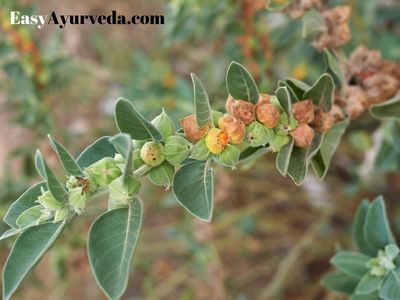
Botanical name – Withania coagulans
synonymously
Family – Solanaceae
Botanical description
Withania coagulans Dunal is a small stiff gray-white shrub that grows up to 60-120 cm in height. The leaves are oblong-lanceolate, sometimes ovate, thick, narrow at the base with very short petioles. The flowers are yellow and arranged in axillary cymose clusters. The fruits are red berries, smooth and enclosed in leathery husks. The seeds are dark brown, ear-shaped, glabrous with a sharp fruity smell.
distributed
Withania coagulans is distributed east of the Mediterranean region extending into South Asia. It is found in many parts of Pakistan and India. In India, it occurs in Punjab, Rajasthan, Simla, Kumaon and Garhwal.
read – Jeevaka (Microstylis wallichii) Uses, Medicinal Quality, Medicines, Research
Used part
Fruits, flowers, leaves, seeds
Pharmacological activities
Withania coagulans possesses anti-inflammatory, anti-tumor, hepatoprotective, anti-hyperglycemic, cardiovascular, immuno-suppressive, scavenging of free radicals, central nervous system depressant, diuretic, anti-bacterial, anti-fungal, cardio-protective, antioxidant , – Mutagenic
The fruits of this plant have sedative, emetic, alternative and diuretic properties.
read – Meda (Polygonatum verticillatum) Uses, Qualities, Remedies, Research
Therapeutic uses
Withania coagulans fruits are used to control blood sugar.
Ripe fruits
Can be used in –
Shotha – used in inflammation due to its anti-inflammatory and diuretic properties
Anidra – Ripe fruits act as a sedative and CNS depressant, so they can be used in insomnia.
Shwasa – Due to its antiasthmatic action, it can be used in asthma.
Dry fruit
Can be used in –
Mandaagni, Aruchi – Used in low digestive capacity, tasteless and flatulent due to its carminative properties.
Leaf
It is used in fever and helps to restore normal health
The seeds
Withania coagulans seeds can be used to treat inflammation, swelling and also helps to stimulate menstrual flow.
read – How Turmeric Helps Treat Diabetes: 7 Ways
polemic
Ec and Withania somnifera fruits are sold without distinction in the market. Ashwagandhaa in Bengali and Ashwagandhi in Kannada are confusing synonyms of Withania coagulans.
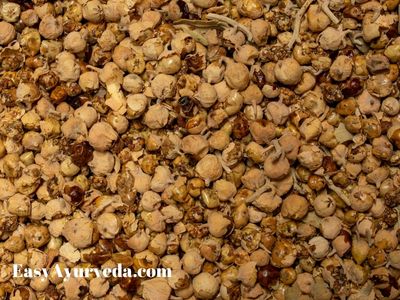
Legal remedies
- The fruits of these plants are soaked in water at night, this water is consumed on an empty stomach in the morning. This drug is believed to control blood sugar levels. This extract has a bitter taste and strong smell. Its flowers are also used to treat diabetes.
- The branches of this plant are chewed to clean the teeth.
- In toothache, the whole plant is burned and the smoke is inhaled.
- The fruit is applied to wounds.
read – Indian Mulberry (Noni), Uses, Research, Remedies, Side Effects
Chemical components
Withania coagulans contains phytochemicals such as alkaloids, steroids, phenolic compounds, tannins, saponins, carbohydrates, proteins, amino acids and organic acids. Variety with anolides (steroidal lactones) such as coagulin F (27-hydroxy-14,20-epoxy-1-oxo-(22R)-me-3,5,24-trienolide), coagulin G (17beta,27-dihydroxy- 14 . ,5,24-trienolide), 20beta-hydroxy-1-oxo-(22R)-me-2,5,24-trienolide and meacoagulin.
research
Antidiabetic activity – The research study conducted on “Aqueous extract of Withania coagulans fruits partially reverses nicotinamide/streptozotocin-induced diabetes mellitus in rats” proved that aqueous extract of Withania coagulans fruits has significant antihyperglycemic effects.
Anticancer activity – A research study conducted to evaluate in vitro cytotoxicity of the methanolic extract of Withania coagulans fruits against the human breast cancer cell line MDA-MB-231 and the normal renal epithelial cell line Vero in the range of 20-200 μg/ml have shown significant anticancer activity against the MDA-MB cell line -231.
Classical categorization
Charaka Samhitha – Brahmaneeya dashemani (Sutrasthaana 4th ChAPTER), Madhura Skandha (Vimaana sthaana 8/139)
Sanskrit verses

Scientific classification
Kingdom – Plants
Division – Magnoliophyta
Class – Magnolipsida
Order – Solanales
Family – Solanaceae
Genus – Withania
Type – W. coagulans
read – Kakoli (Roscoea purpurea) Uses, Medicinal Properties, Remedies, Research
Vernacular names
English Name – Indian Curd, Vegetable Curd, Indian Cheese Maker
Sanskrit name – Rishyagandha
Hindi Name – Paneer dodi, Puni-ke-bij, Akri, Binputakah, Punir
Punjabi Name – Khamjira, Kharmjaria, Khumazare, Kutilana, Makhazura, Panir, Shapiang, Spinbajia
Tamil name – Amukkra
Telugu name – Pennerugadda
Bengali name – Ashvagandha
Kannada name – Ashwvagandhi
Sindhi name – Punirband, Punir-ja-fota
Persian name – Tukhme-kaknaje-hindi
Afghan name – Spiubajja
Arabic name – Javzuhnizaja, Kaknajehindi
Urdu Name – Kakanaj
Click to consult with Dr Renita D'Souza






